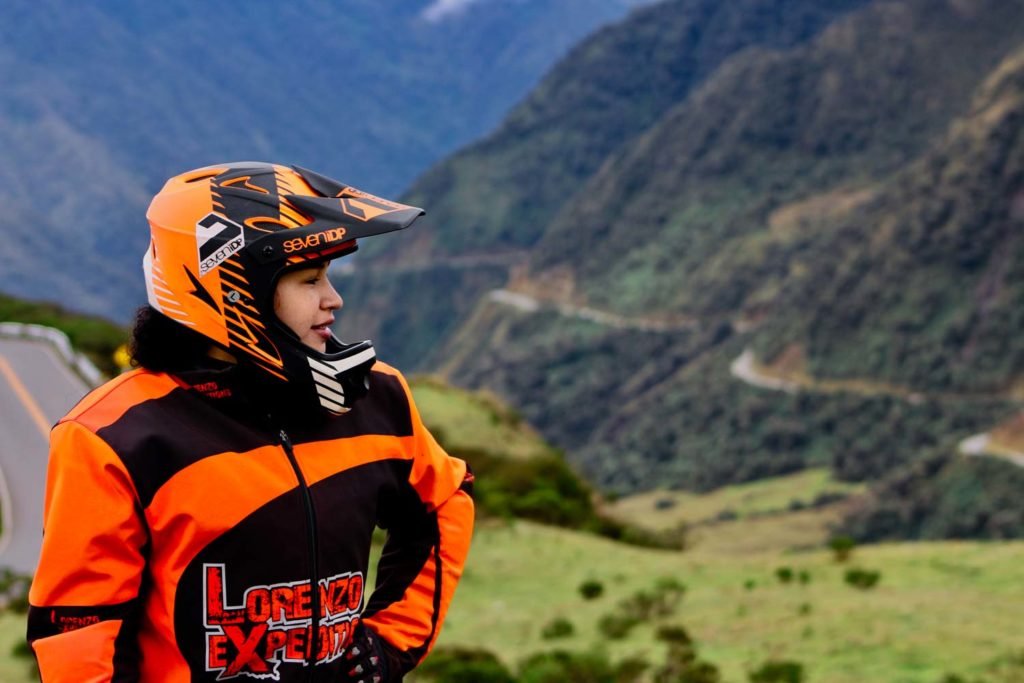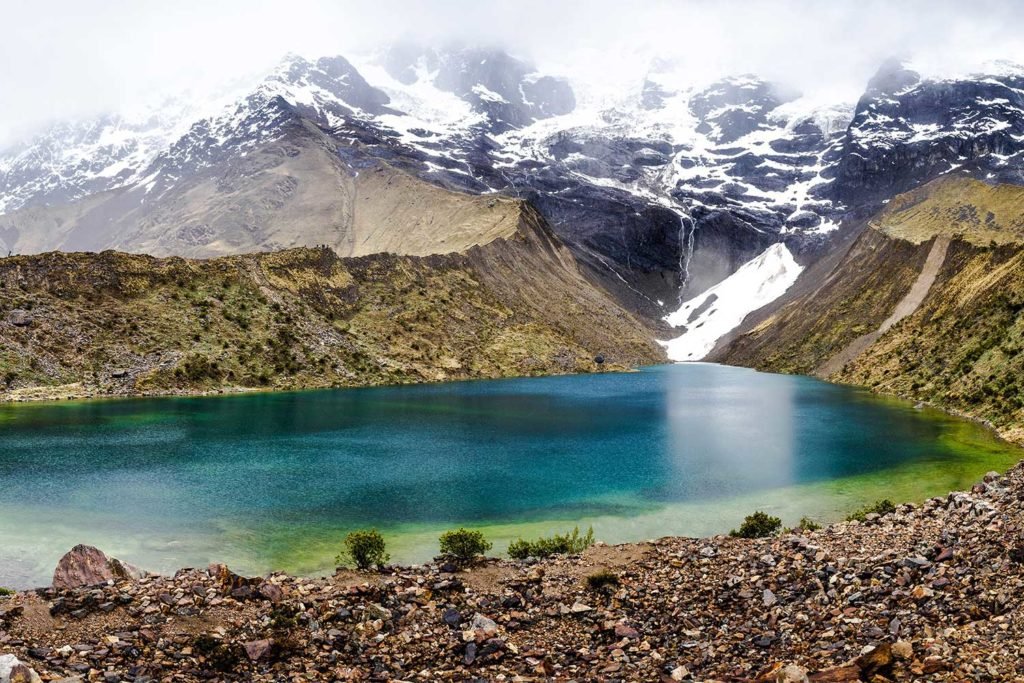In this wonderful but unpredictable area a descent of only a few hundred meters can take you from magnificent windswept plains to lush mountain forests with totally different climates and widely varying ecosystems. So even if you decide to travel during the “dry” season, you will need good waterproof clothing and boots, warm and cold layers, sun protection and a fleece, due to the highly variable climate experienced in the area. In short, the Andes never cease to amaze. The wet season extends during the period from November to March, during these months there is almost daily rainfall, so at this time is practically guaranteed a downpour, so it is not advisable to opt for this time to make the Inca Trail, the roads can be slippery and the same weather may be accompanied by fog that impair the visitor’s experience during his journey that will travel this iconic route. In the dry season, thanks to the Peruvian winter, temperatures drop to near freezing at night, but the days can still be sunny and there will not be as many clouds or fog to obstruct the view of some of the most beautiful sights on the planet.
THE INCA TRAIL MONTH BY MONTH

During the month of February you will not be able to travel the iconic Andean route, because being the rainiest month of the year the Peruvian government allocates this time to do maintenance work to the route and prepare it for the large masses of people who will travel it during the rest of the year. Although you should know that Machu Picchu remains open during this time.
The road reopens in the month of March, although the highest points on the route remain rainy until the beginning of April.
The months of May and October are considered the best times to hike the Inca Trail, as permits run out less quickly than in the peak tourist months, as well as being drier and warmer than in June, July and August so your tour will be less affected by weather accidents and you can enjoy the route without so many queues or accompanied by large groups of hikers that will disrupt your experience.
At the end of June is celebrated throughout the region of Cusco the Festival or Festival of the Sun (Inti Raymi), and cities like Cusco are filled with people heading to Machu Picchu, it is very nice, colorful and fun to visit this region and Machu Picchu during this time but because of the festivities and the large influx of visitors during this time it is possible that tickets and train tickets are sold out more easily, as you will also have to make large queues to take pictures or visit the archaeological sites that make up the route.
Peru’s national holiday at the end of July is also a peak time for Peruvians to hike the Inca Trail or visit Machu Picchu by train. Dry conditions are popular with tourists throughout August and September and are not at all recommended if you don’t enjoy standing in long lines or waiting for long periods of time.
In November, the rainy season resumes in full force. However, hiking conditions are still likely to be good, without the crowds of summer, and you won’t need to book your ticket too far in advance.
December is wet and attracts vacation crowds, with prices for accommodation and flights rising, despite the weather. Things calm down again in January, which is wet but without the vacation crowds.





